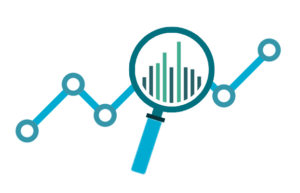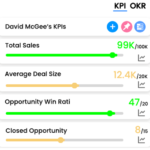Key Performance Indicators Examples

Activation Rate
Activation rate is a metric that measures the percentage of users who take a specific action, such as signing up for an account, making a purchase, or completing a tutorial, after they have been acquired or engaged. It is typically used to measure the effectiveness of user acquisition and engagement efforts, and it is used to identify areas where improvements can be made.
The formula for activation rate is:
Activation Rate = Number of Activations / Number of Acquired or Engaged Users
It is calculated by dividing the number of users who take a specific action by the total number of users who have been acquired or engaged.
For example, if a company has acquired 100 users and 50 of them have activated their accounts, the activation rate would be 50% (50 / 100 = 0.5).
It’s important to track the activation rate over time, compare it against industry benchmarks and historical data, to identify areas where the company’s operations can be improved. It’s also important to track the activation rate by different segments, such as by different teams, products, or locations, in order to identify where the problem is and take action to improve the activation rate.
Activation rate is an important metric for companies, as it allows them to evaluate the effectiveness of their user acquisition and engagement efforts and make decisions about investments, finances, and growth. A high activation rate means that a company is effectively acquiring and engaging users, while a low activation rate means that the company may need to improve its acquisition and engagement efforts.
Measure what matters for your business with KPIs
Track business performance with real time key metrics against targets in one place without the need for multiple dashboards or reports
